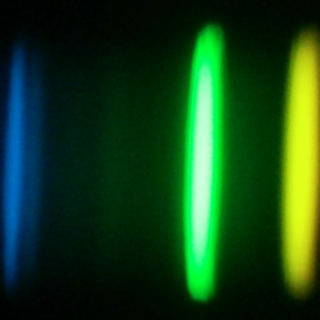Bibcode
Knowles, Adam T.; Sansom, A. E.; Vazdekis, A.; Allende Prieto, C.
Bibliographical reference
Monthly Notices of the Royal Astronomical Society
Advertised on:
8
2023
Citations
25
Refereed citations
16
Description
We present a new library of semi-empirical stellar population models that are based on the empirical MILES and semi-empirical sMILES stellar libraries. The models span a large range of age and metallicity, in addition to an [α/Fe] coverage from -0.2 to +0.6 dex, at MILES resolution (FWHM = $2.5\,$ Å) and wavelength coverage ($3540.5-7409.6\,$ Å). These models are aimed at exploring abundance ratios in the integrated light from stellar populations in star clusters and galaxies. Our approach is to build SSPs from semi-empirical stars at particular [α/Fe] values, thus producing new SSPs at a range of [α/Fe] values from sub-solar to super-solar. We compare these new SSPs with previously published and well-used models and find similar abundance pattern predictions, but with some differences in age indicators. We illustrate a potential application of our new SSPs, by fitting them to the high signal-to-noise data of stacked SDSS galaxy spectra. Age, metallicity, and [α/Fe] trends were measured for galaxy stacks with different stellar velocity dispersions and show systematic changes, in agreement with previous analyses of subsets of those data. These new SSPs are made publicly available.
Related projects

Traces of Galaxy Formation: Stellar populations, Dynamics and Morphology
We are a large, diverse, and very active research group aiming to provide a comprehensive picture for the formation of galaxies in the Universe. Rooted in detailed stellar population analysis, we are constantly exploring and developing new tools and ideas to understand how galaxies came to be what we now observe.
Anna
Ferré Mateu

Chemical Abundances in Stars
Stellar spectroscopy allows us to determine the properties and chemical compositions of stars. From this information for stars of different ages in the Milky Way, it is possible to reconstruct the chemical evolution of the Galaxy, as well as the origin of the elements heavier than boron, created mainly in stellar interiors. It is also possible to
Carlos
Allende Prieto